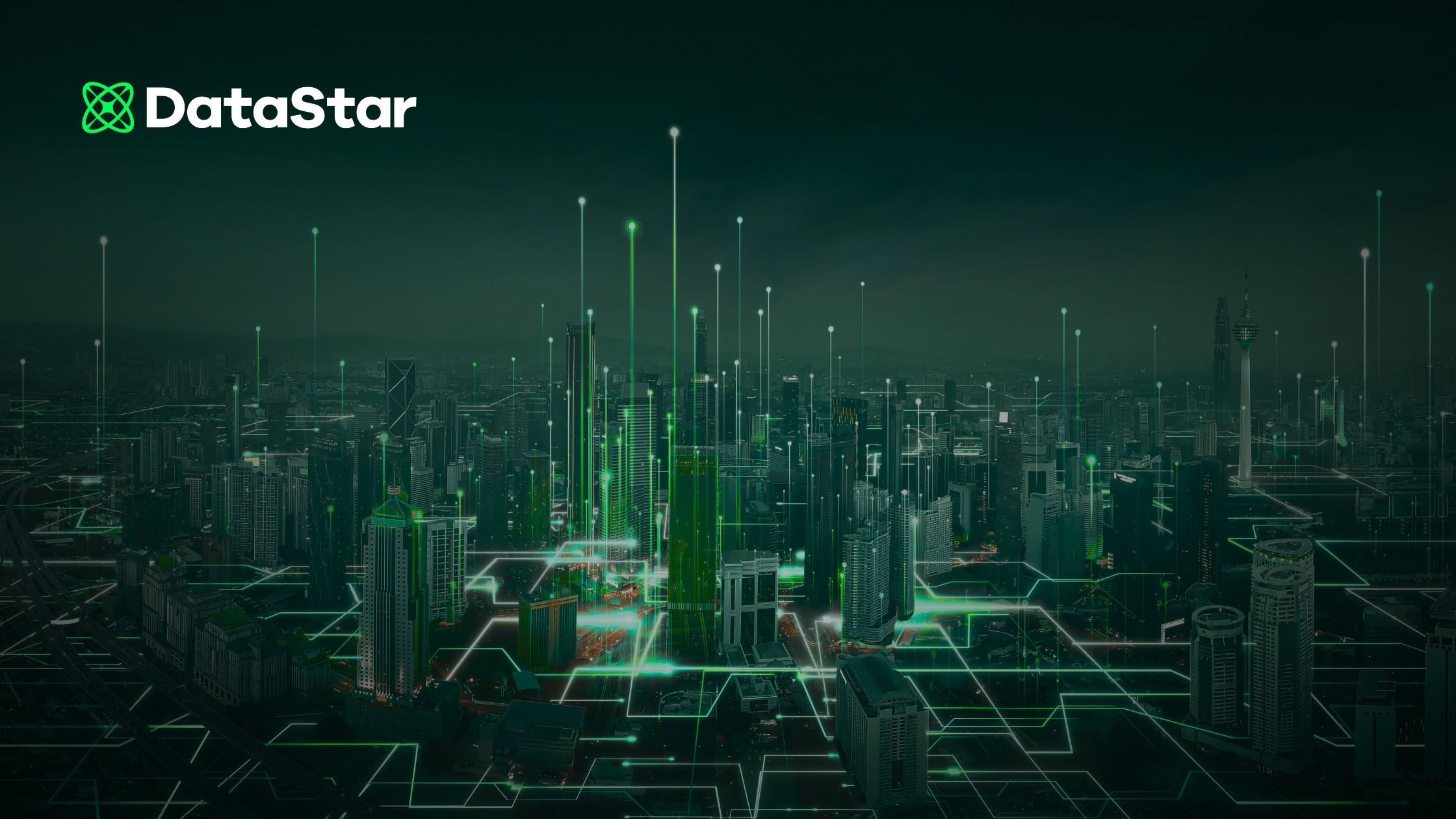
For companies with a physical supply chain, supply chain network design is central to your success. By understanding and optimizing supply chain network design, you positively impact every aspect of your business. If you manage a supply chain function and are considering adopting network design, you’ve come to the right place. We’ve compiled the goals, benefits, and best practices of supply chain network design that will help your organization thrive.
Published by
Published on
July 27, 2023





For companies with a physical supply chain, supply chain network design is central to your success. By understanding and optimizing supply chain network design, you positively impact every aspect of your business.If you manage a supply chain function and are considering adopting network design, you’ve come to the right place. We’ve compiled the goals, benefits, and best practices of supply chain network design that will help your organization thrive.Download our free guide to learn:

For companies with a physical supply chain, supply chain network design is central to your success. By understanding and optimizing supply chain network design, you positively impact every aspect of your business.If you manage a supply chain function and are considering adopting network design, you’ve come to the right place. We’ve compiled the goals, benefits, and best practices of supply chain network design that will help your organization thrive.Download our free guide to learn:

Fill out the form to unlock the full content

.png)

.png)